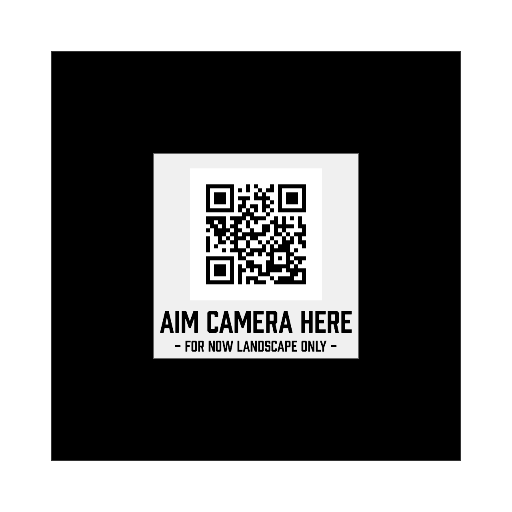WebAR
There is a small feature included with iOS 11 that may prove to be as important for AR as the more widely promoted release of ARKit. Mobile Safari now supports WebRTC and is the last browser to fully adopt this spec. WebRTC is an open project that offers a standardized API to give browsers real-time communication capabilities. This is significant to AR because it means, finally, we have real-time access to the camera on all mobile browsers. One of the challenges with AR has always been the need to deliver that experience wrapped up in a native app. Now with Web AR it’s as simple as sharing a URL. In fact, it’s even easier than that. Another feature that was added to ios 11 was native camera support for QR codes. So here is a quick demo – Using almost any mobile phone, aim it at this marker and voila – AR on the web.
Of course, for all of my initial enthusiasm surrounding Web AR – it’s still somewhat of a disappointment when compared against native capabilities using libraries such as Vuforia. Read more WebAR
